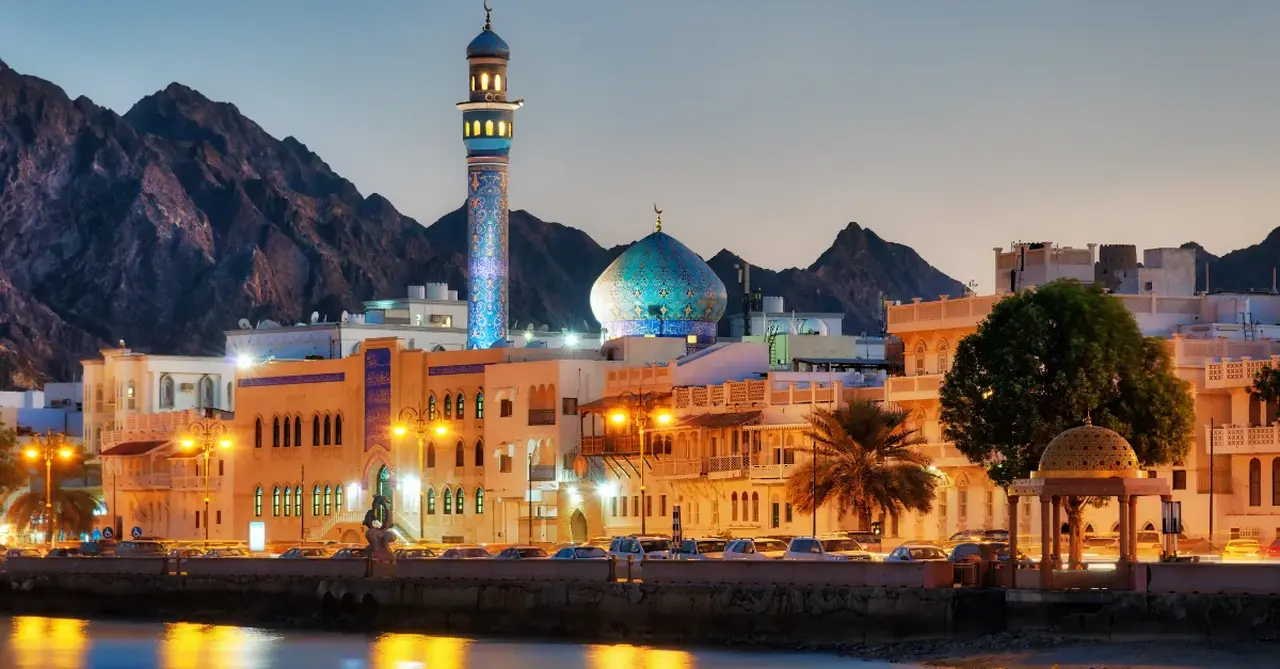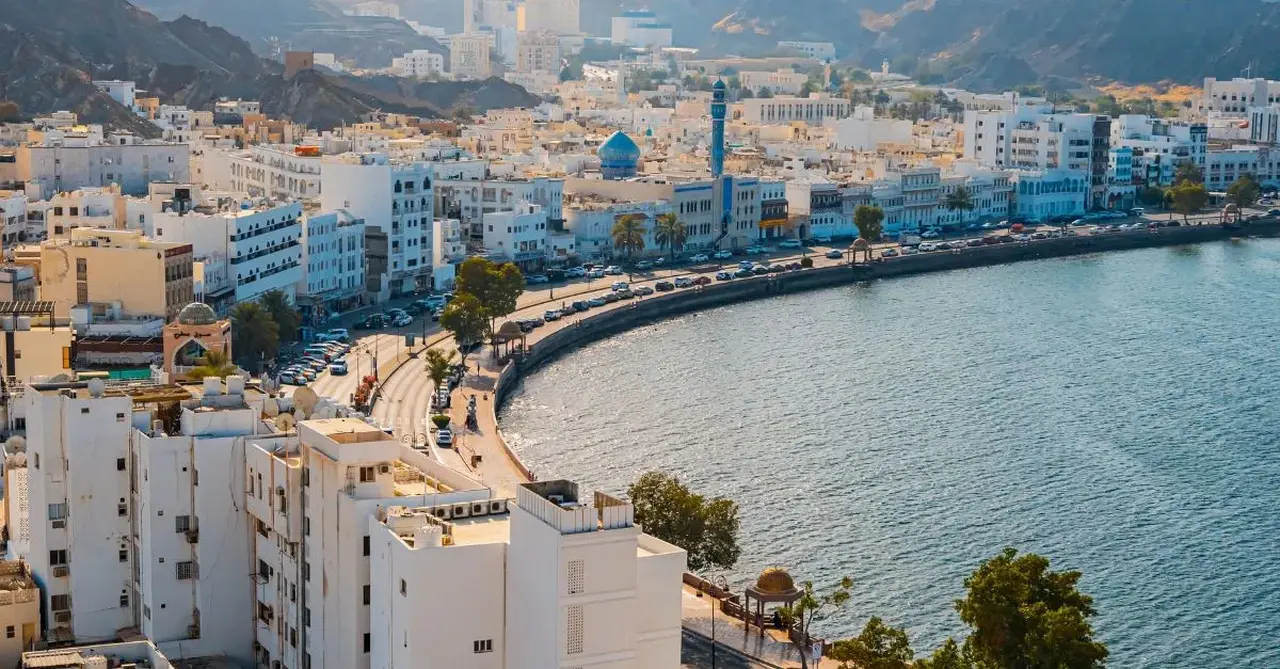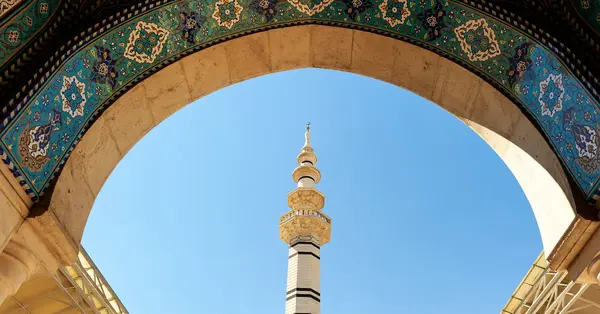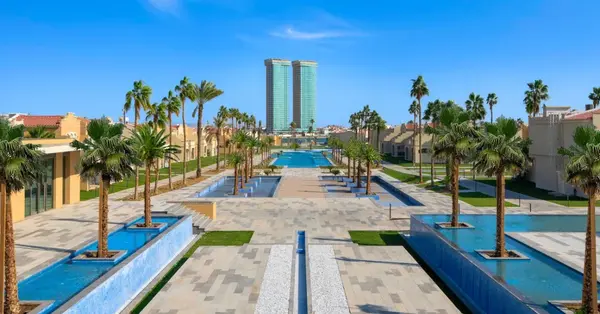You are viewing 2 of your 2 free articles
Oman to add 9,600 rooms to hotel inventory by 2030
Capacity set to climb more than 25% by the end of the decade
Oman’s hospitality sector is gearing up for significant growth, with 9,600 new hotel rooms set to open by 2030, expanding the current inventory of 36,000 rooms in Oman by more than 25% by the end of the decade.
Cavendish Maxwell’s latest report forecasts 35 new hotels and resorts for Oman through 2030, with 2,600 new rooms scheduled for completion by the end of 2025.
Future openings include Nobu and Nikki Beach properties in Muscat, as well as Anantara Bandar Al Khairan Resort and five Tui Hotels in Dhofar.
The expansion comes as Oman’s hotel industry records strong performance across key metrics, including visitor numbers, bookings, revenues and average room rates, with this "positive trend" expected to continue into the second half of 2025 and beyond.
Revenues and occupancy grow in 2025
In the first half of 2025, revenues at three- to five-star hotels climbed 18.2% year-on-year to reach OMR141.2 million (US$367 million), while room revenues grew by nearly 22%, driven by higher visitor volumes and rising domestic demand.
Average hotel occupancy stood at almost 55%, up 14% from the same period last year, with peaks of around 65% recorded in January and April.
Between January and June, Omani hotels welcomed 1.1 million guests, a 9.2% increase compared to 2024.
Khalil al Zadjali, Head of Cavendish Maxwell’s Oman office, said the sector is entering a new phase of development, fuelled by “population growth, evolving travel trends and continued government investment”.
RELATED:
Oman-Tui alliance to open five hotels in Dhofar
Oman to launch digital tourism platform for local guides
Introducing the 2025 Cruise Insight Report
Rise in arrivals from Europe, India and China
Omani nationals accounted for around one-third of all hotel guests in H1 2025, supported by continued population growth of 4.5% in 2024 and 5% in 2023.
Visitors from Europe, Asia and the GCC followed, with Oceania showing the strongest growth, and arrivals from Europe, India and China also rising.
Tourism is forecast to contribute 5% to Oman’s GDP by 2030 and 10% by 2040, positioning it as the country’s second-largest economic sector after hydrocarbons.
“To keep pace, Oman must continue to rejuvenate the hotel sector, develop new resorts and expand tourism beyond Muscat. This will create major opportunities for investment and construction across the country,” Zadjali said.
Currently, more than 90% of international travellers enter Oman via Muscat International Airport, Salalah International Airport receives 9.5% of arrivals, while Duqm and Suhar airports combined account for less than 1%.
To accommodate future growth, six new regional airports are planned by 2030 in destinations including Jabal Akhdar and Masirah Island, increasing the total number of airports to 13.
Passenger traffic across the network is expected to reach 50 million by 2040.
For more information, visit cavendishmaxwell.com

















